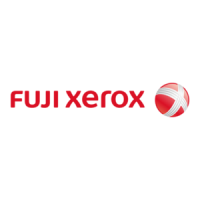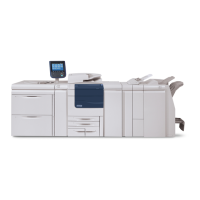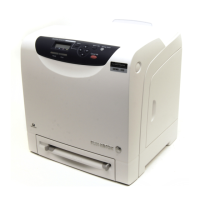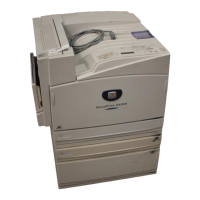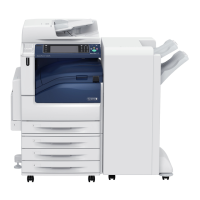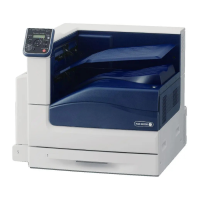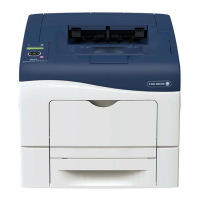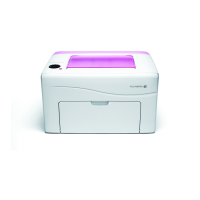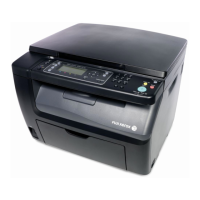Variable Information
If a customer is successfully running a FreeFlow Variable Information Suite 8.0 (Variable data Intelligent PostScript
Printware) workflow, it will work similarly across the Xerox portfolio when using the efi™ Fiery Color Server. The same Fuji
Xerox infrastructure in place today will support existing applications on the EX Print Server. VIPP is not supported on the
EX-i Integrated Fiery Color Server.
Variable information is a very complex subject. Many variables exist that impact a file. File creation, emitters, PostScript
code and type of server, are just a few of the things that will affect Variable Code. It is advisable to test a file prior to gain
an understanding of any possible issues in the workflow. A Fuji Xerox Analyst can help in the process and there is always
opportunity for a customer to correct and develop an efficient workflow to gain the best throughput.
Network Specifications for EX-i Integrated Fiery and EX Print Colour
Servers
The Fiery Print Servers use the following protocols and frame types:
• TCP/IP; IPv4 & IPv6
• SNMP
• Bonjour
• AppleTalk
• Network Time Protocol
• 802.1x Authentication
• FTP
• SMTP
• DHCP
Printing Services
The EX Print Server supports the following printing services:
• LPD (Line Printer Daemon) — Allows printing in TCP/IP networks using an LPR client and supporting RFC
1179, the Berkeley LPR protocol. Supports direct socket interface via port 9100.
• PAP (Printer Access Protocol)— Allows printing in AppleTalk networks.
• NetBIOS printing and file sharing over TCP/IP
• NFS file sharing
• SMB (Server Message Block) — Allows printing in Windows networks over TCP/ IP.
• Port 9100 — Supports direct socket interface through direct, print and hold queues.
Note: Disabling the Port 9100 service also disables the associated IP ports
• FTP Printing —Supports printing from an FTP client to the Fiery.
• IPP Support — Internet Printing Protocol (IPP) is an application level protocol that can be used for distributed
printing using Internet tools and technologies. This would allow end-user to print to a remote printer on the
Internet, as if it were attached to its local area network, by specifying the URL. IPP uses HTTP protocol to
provide the underlying communication between the client and the server.
Note: Disabling the IPP service also blocks port 631.
• Direct Mobile Printing —allows printing from Mobile devices such as iPhone, IPad and iPod touch
• PrintMe Cloud Printing --- allows users to upload a file to the PrintMe cloud service and then print the
document from the printer UI.
• WSD (Web Services for Devices) Printing – allows printing from Windows 7 or later computers, as well as
Windows 8 based tablets.
• Email Client – allows for printing through email.
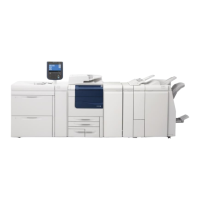
